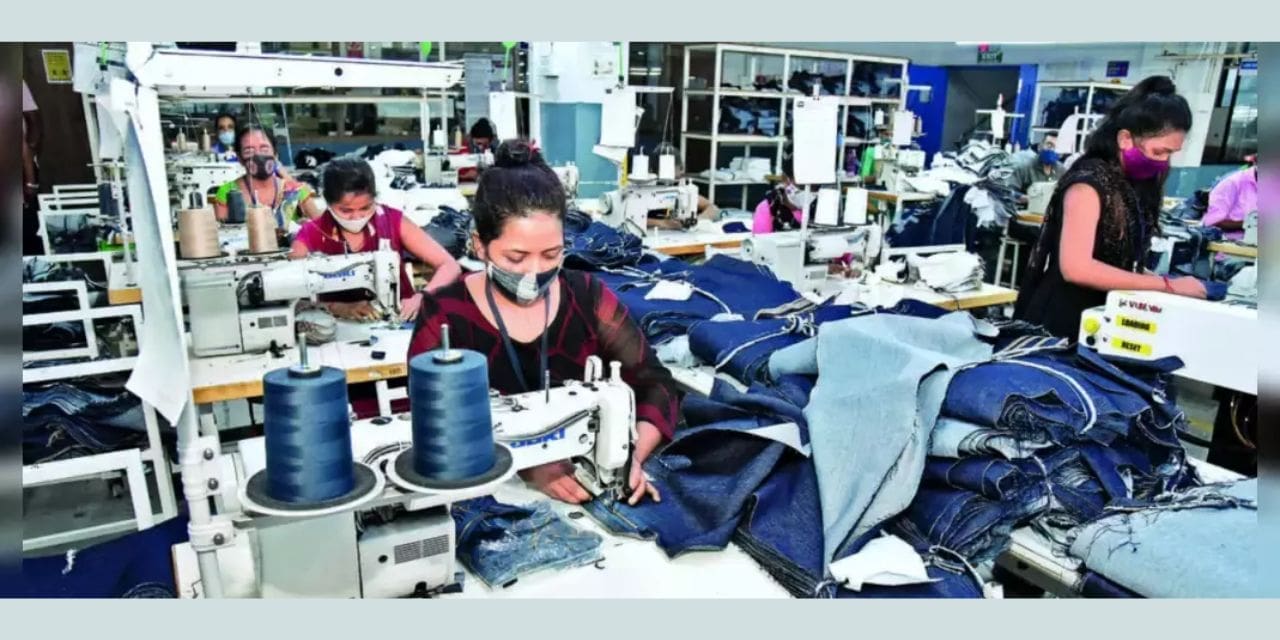There was no word on whether or not the technology upgradation fund (TUF) scheme for new investments in the textile industry would continue once it expired in March 2022. The absence of TUF has resulted in new projects becoming at least 35% more expensive, and the Gujarat textile sector is requesting that the scheme be implemented with retrospective effect. The Gujarat government should launch a new programme to support the apparel industry, according to industry participants, as the current one expires in October 2022.
The TUF plan expired in March of last year, and there has been talk of a new TUF scheme, but nothing has been officially announced, according to Saurin Parikh, head of the GCCI textile taskforce. We think that for spinning, weaving, processing, and garment production in India to become a major global textile hub. In order to maintain our competitiveness on the global market, we must boost cotton yield from the present 500 kg per hectare to 750 kg.
He continued by saying that since Indian cotton prices are higher than those found elsewhere and new facilities are being planned for the spinning industry, the import duty on cotton should be eliminated.
“Since last March, Gujarat has seen fresh textile investment of almost Rs 500 crore; hence, they ought to be eligible for the TUF scheme advantages. Due to the scheme’s absence, new projects now cost 35% more. The garments programme of the Gujarati government expired in October of last year and was not renewed. A new policy should be established to support the industry as the Gujarat Textile Policy would expire in December 2023.

